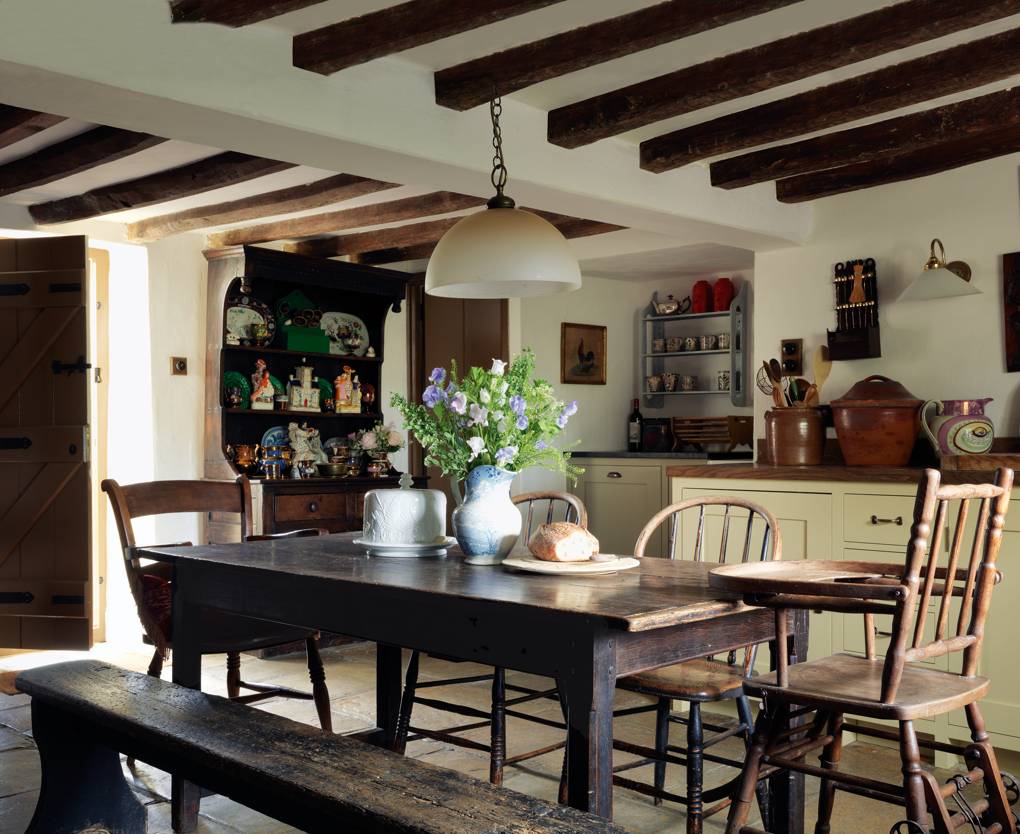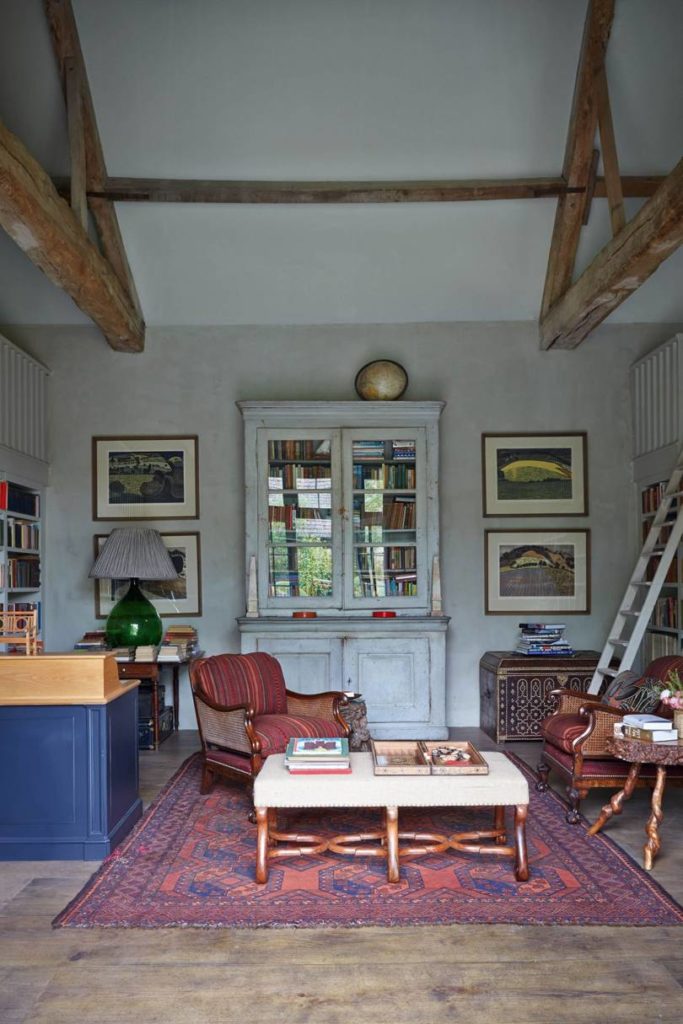Inspiration Behind a Brownstone in Brooklyn Heights

For a recently completed brownstone in Brooklyn Heights, our client had many ideas about how they wanted their home to look and feel, and after a wonder through their Pinterest board, it was clear that many of the elements that they were most inspired by were hallmarks of traditional English country style decorating. They were drawn to rooms that used clear, primary colors (blue and red) with an appreciation for pattern on pattern, Persian rugs, and soft and feminine floral prints. They loved antiques but wanted to be sure the house didn’t veer too far into “period” world. They wanted it to feel fresh and young (like them!). For every project, we always spend a significant amount of time at the beginning pouring over reference books and sourcing inspiration imagery that will help lay the groundwork for the story we’re trying to tell. In this instance, we drew liberally from the interiors of Robert Kime and Colefax and Fowler. With their meticulous interplay of textiles and colors in mind, we set out to make this Brooklyn brownstone distinctly our clients’, with a design that spoke to the elements of the English country style that they responded to, while at the same time respecting (and nodding to) the Greek Revival period of the home. We can still remember at one of our first meetings how their faces lit up as we showed some of the imagery below (scroll right to see them all!).










No deep dive into English country style is complete without a serious study of the work of John Fowler, of the preeminent London interior design firm Colefax and Fowler. Fowler was largely responsible for a dramatic shift in English decorating during the 1930’s and 40’s. As a reaction to the heavy, dark velvets and brown mahogany furniture popular at the turn of the century, Fowler started to loosen and lighten up English interiors, introducing crisp, colorful cotton chintzes, and unexpected juxtapositions of furniture pieces in rooms. Goodbye to matchy forms facing one another in the same fabric! Artwork of different mediums, from oil paintings to framed pressed leaves started to cohabitate on colorfully painted walls. It was, what John Fowler called “humble elegance.” Below, a few images of rooms from modern day Colefax and Fowler rooms.



What do you love most about English country style? Click here to see photos
 10 April 2014
Instagram Favorites
Read full post
10 April 2014
Instagram Favorites
Read full post
 23 April 2015
Josef Frank Textiles
This Austrian-born designer and architect created fabrics that make us smile.
Read full post
23 April 2015
Josef Frank Textiles
This Austrian-born designer and architect created fabrics that make us smile.
Read full post
 9 December 2014
Veere Grenney in Veranda
A look inside this London interior designer's historic townhouse featuring a sumptuous green velvet-swathed living room is not to be missed.
Read full post
9 December 2014
Veere Grenney in Veranda
A look inside this London interior designer's historic townhouse featuring a sumptuous green velvet-swathed living room is not to be missed.
Read full post

